Earlier this week, we had a surprise day of warm weather with temperatures climbing into the mid-50s. My wife and I took the dog for a hike and then I decided to clean out the chicken coop, a chore that I had put off long enough.
I use the deep bedding method, so instead of cleaning the chicken coop every time it gets poopy, I just spread more straw on top of the floor. I’m usually adding fresh straw twice a week.
Sounds like a lazy man’s method of keeping chickens, but it allows the mixture of chicken poop and straw, sawdust or other bedding materials to start composting. The heat generated by the composting helps keep the chickens warm, as does the thick layer on top of the floor. I’ve never lost a chicken to the cold, so it appears to work as advertised.
My chicken coop is 64 square feet, and the buildup was more than six inches in some locations, so I had quite a bit of poop-impregnated bedding to remove. It filled up six wheelbarrow loads and took well over an hour to clean out.
Counting back, I estimate there were at least three full bales of straw in there and three months of poop. I guess it’s safe to say I got a little carried away. In years past, I believe I changed the bedding more frequently. The good news is that it didn’t stink and there was only one small location where the bedding was wet. I don’t know if that was from the chickens or because of a leak, but I plan to look into it.
Buzzing Bees
The bedding was thickest and most compressed under the roosts because that it where the chickens poop the most. I had to pry it up with the pitchfork and then drag it out of the coop into the wheelbarrow. Thankfully, I designed our coop to facilitate this kind of removal. When I loaded up the wheelbarrow, I would wheel it over to the compost pile and dump it in. My wife would then work to break up the big clumps, water it down, and mix it in with the older compost.
Because the compost pile is near the beehives and bees have previously stung both of us while we were working in the compost pile, we looked to see if there were any bees flying. I saw one, so no reason to be alarmed. By the time I unloaded the fifth wheelbarrow, it had warmed up, and there were scores around the closest hive, doing orientation flights. Since my wife has a bad reaction to bee stings, I finished the work by myself.
Why Bees Need to Orient Themselves
Orientation flights are not uncommon and help the bees find their way back to the hives. They happen for several reasons. Here are three:
First, if you move your hives at night (the best time to move them), the bees will not know where they are when they come out the next morning and will do an orientation flight to adjust to their new location. Clearly, this isn’t why mine were buzzing in circles around their hive.
Second, when new bees leave the hive for the first time, they perform an orientation flight so they will not know how to get back to their hive.
And third, after being shut inside for several weeks, bees may need to re-orient once they come out. Orienting is based on things like the location of the sun, but the bees also take into account landmarks.
I expect the hives were orienting or re-orienting for the second and third reasons. The bees had been inside the hive for ten days thanks to cold weather, and during that time, some new bees had matured and were leaving the hive for the first time.
It is also possible that the bees were flying around on cleansing flight, which is the bee equivalent of going to the restroom. Like a good dog, bees don’t defecate in the house. They wait until it is warm enough to go outside and do their business. I don’t think this is the case because there were some warm days earlier in the month when they would have gone on cleansing flights.
Not Much Forage for Bees
This is the worst time of year for bees because we have nothing blooming. There are no natural sources of nectar or pollen. The maple trees are not yet blooming at this altitude, and they are a good early source. The dandelions have not even begun to sprout. Our clover is not even an inch above the ground and won’t bloom for months. I see very few green shoots. There is one unknown week that had green leaves sticking up in the last snow, but it isn’t blooming. Even the snow drops have not sprouted.
Last year, all my hives made it through the coldest part of winter and then one died in March, either due to starvation or the cold. I think the hive grew so quickly it did not have enough resources to support its bees when we had a cold snap and they could not leave the hive to forage. This year, I aim to prevent that kind of loss. I am feeding pollen replacement in an open feeder and what is called “mountain camp” method of feeding. This uses sugar granules because the bees cannot digest sugar water in the cold temperatures. Once we get nighttime temps in the 50s, which could be another month of six weeks, I will feed sugar water.
Firewood Follies
We are in the middle of re-splitting the third load of firewood to be delivered this year. I expect to be burning this wood next December. There are quite a few chunks of wood that are half a log, and these big pieces need to be split into smaller ones so they will dry in time to burn next winter. It is a nice load of oak with some hickory and maple in it. Not much locust this time. Too bad, but mixed hardwood varies from one delivery to the next.
In terms of our stockpile of seasoned firewood, I am still hopeful we are on track to have enough to last the whole winter. Too soon to say for sure.
Walking in the Woods
This is the time of year when there is no underbrush, and sightlines in the forest are uninterrupted. Anything that had leaves lost them long ago. Any weeds have died off, or at least back. Small plants have been knocked over by the winds or pressed down by the snow. That makes for easy bushwhacking. It also makes it easy to see game trails.
The lack of vegetation also makes this a good time to stumble upon new things, like the rusted farm truck someone abandoned 75 years ago or a few strips of rusty barbed wire that are on the ground because the fence posts rotted decades ago. It’s always good to know your area, and this is the best time of year to get a close look. Once things green up, you may be able to move about unseen, but it also hides anything you might see.
New Money Belt
I recently purchased a money belt from Bullhide Belts and so far, I am happy with it. To be clear, this is traditional looking leather belt strong and thick enough to serve for concealed carry, and not a nylon travel money belt/pouch. One reason I did this is that when I downsized my wallet into a slimmer EDC wallet, I had nowhere to hide the $300 emergency cash I usually carry. Well, this belt with the zipper inside will hold up to 24 bills, more than I need.
So far, I have three hundred-dollar bills and a handcuff key in there. They don’t recommend carrying coins, but I am tempted to add a coin cell battery for my pistol’s optic. I might also add some $20 bills, but I’m open to suggestions. What do you recommend I carry in it? Leave a comment below.
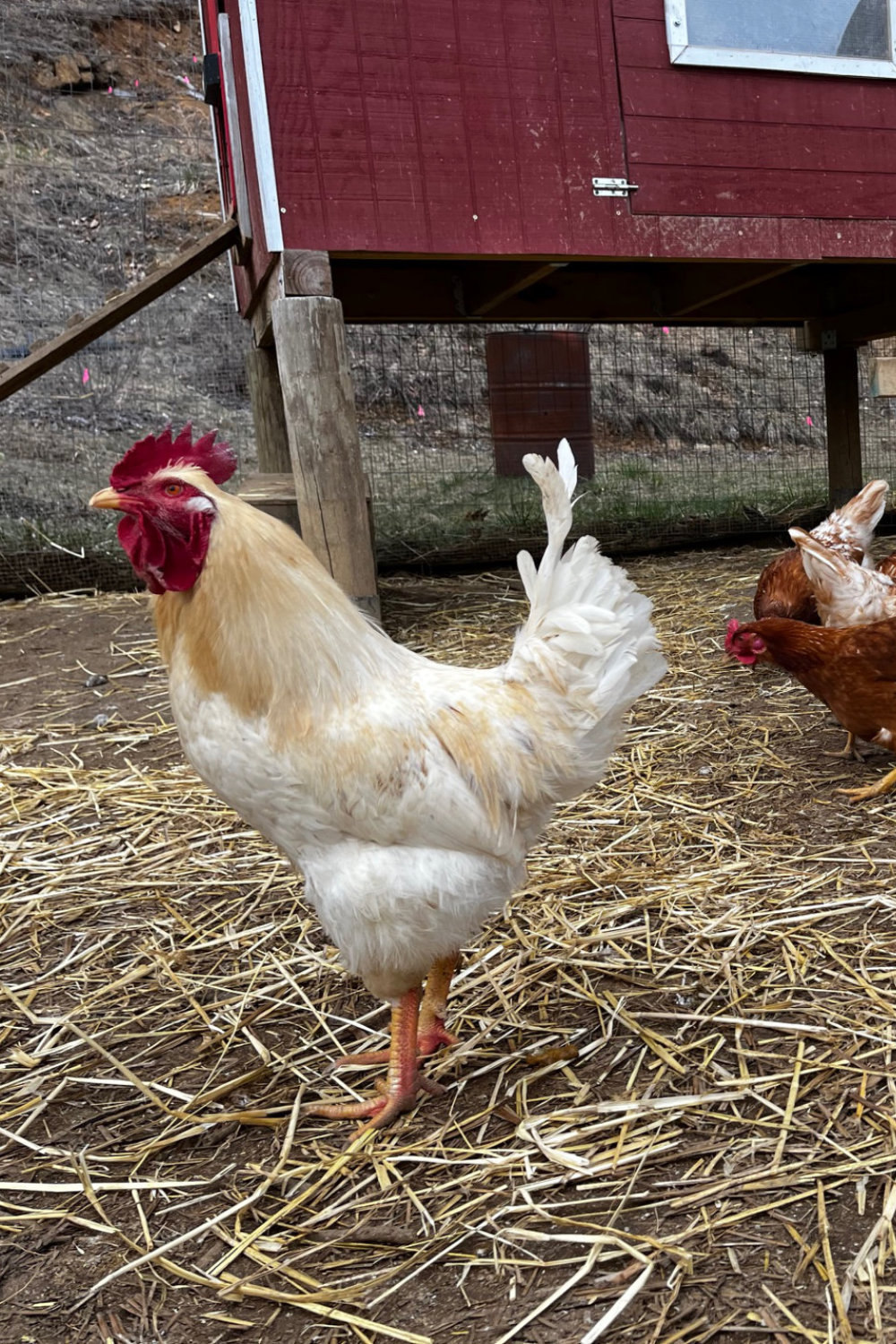

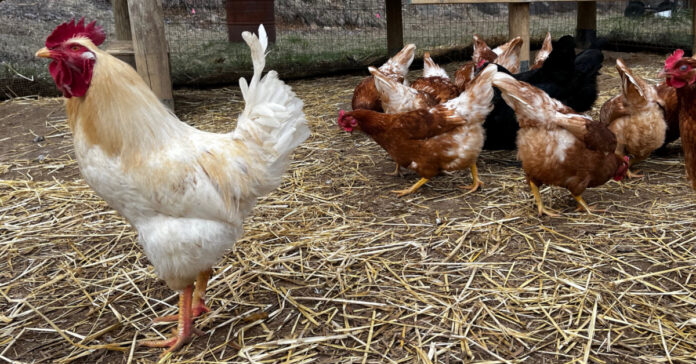

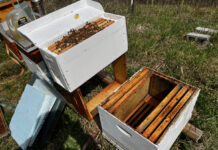
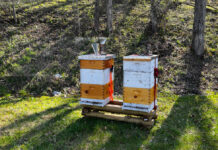


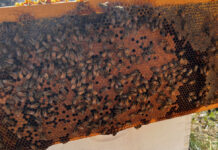
Put a razor blade, exacto knife blade or similar cutting tool in your money belt. Maybe a lock pick and torsion wrench or a shim.
Comments are closed.